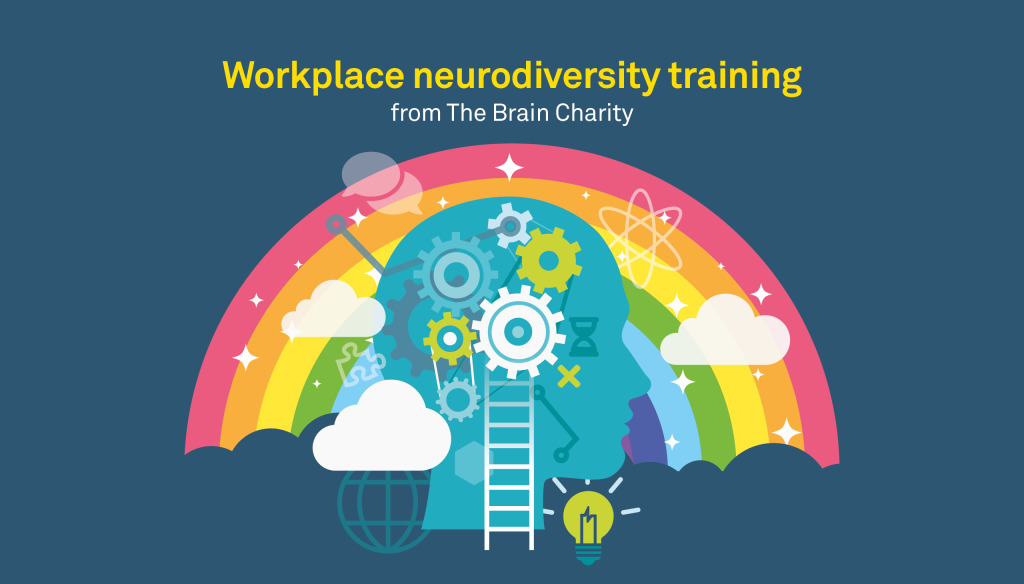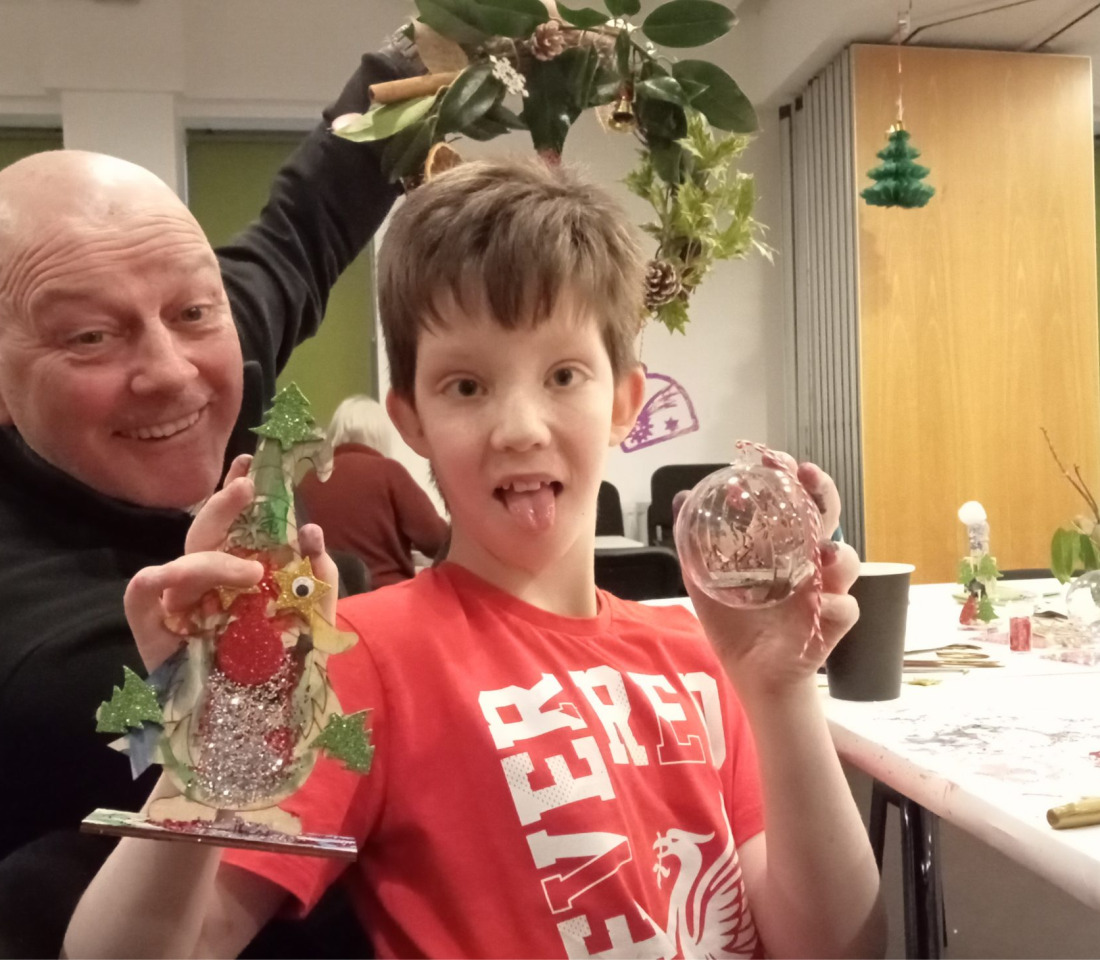
Understanding the main seven conditions considered neurodivergent
A guide to understanding neurodiversity
Neurodiversity is an umbrella term that refers to the natural variation in the human brain and its functions.
It acknowledges that every brain is unique and that these differences are not deficits but simply alternative ways of processing information, thinking, and interacting with the world.
Neurodivergence refers to the specific variations within neurodivergent individuals, often including people who are autistic or have ADHD or dyslexia.
Understanding these differences helps to create more inclusive and supportive environments for neurodivergent individuals in schools, workplaces, and in society.
1. Autism

Autistic individuals may have strong abilities in pattern recognition, problem-solving, and attention to detail, though they may struggle with certain social cues or sensory issues. Autism is a spectrum, so experiences vary widely.
Strengths:
- Innovative thinking and creative problem-solving abilities.
- Deep focus on areas of interest, often leading to expertise in those subjects.
- Attention to detail and precision, especially in tasks that require accuracy.
Challenges:
- Difficulty with social interactions and interpreting social cues, including nonverbal communication (e.g., facial expressions, body language).
- Sensory sensitivities or aversions to certain stimuli (light, sound, textures).
- Difficulty adapting to changes in routine or environment, leading to anxiety or distress.
2. Attention Deficit Hyperactivity Disorder (ADHD)

ADHD affects focus, impulse control, and energy regulation. While individuals may face challenges, their creativity and quick-thinking abilities can lead to success in fields requiring innovation and fast decision-making.
Strengths:
- Creative thinking and an ability to generate innovative ideas.
- Quick problem-solving and adaptability, especially in dynamic environments.
- Hyperfocus when deeply interested in tasks, allowing for intense concentration.
Challenges:
- Difficulty maintaining attention on tasks requiring sustained mental effort.
- Impulsivity and making decisions without fully considering consequences.
- Restlessness or hyperactivity, making it difficult to stay still or organised.
3. Dyslexia

Dyslexia does not reflect a lack of intelligence but rather a different way of processing written language. Many people with dyslexia excel in creative and problem-solving fields, using alternative strategies to overcome reading and writing challenges.
Strengths:
- Problem-solving skills and strong spatial reasoning.
- Creative thinking, often excelling in arts, design, or other visually-oriented fields.
- Ability to think outside the box, leading to unique and innovative solutions.
Challenges:
- Difficulty with reading, spelling, and writing due to how the brain processes written language.
- Issues with word recognition and letter order, lead to frequent mistakes.
- Memory recall problems, especially with written information.
4. Dyscalculia

Despite challenges with math, individuals with dyscalculia often excel in non-mathematical areas and can develop strategies such as visual aids or technology to navigate their difficulties.
Strengths:
- Creative thinking and strong reasoning abilities.
- Innovative problem-solving, especially outside of mathematical contexts.
- Resilience in developing coping strategies to manage math-related difficulties.
Challenges:
- Difficulty understanding numbers and basic mathematical concepts like addition, subtraction, and multiplication.
- Trouble with number patterns and recognising mathematical symbols.
- Challenges with spatial awareness and measurement, making tasks like telling time or managing money difficult.
5. Dysgraphia

Dysgraphia affects the ability to write coherently and legibly, but individuals often excel in verbal communication and problem-solving. With the right strategies, many can succeed academically and professionally despite challenges with written expression.
Strengths:
- Strong verbal communication and critical thinking abilities.
- Creative talents, often excelling in visual arts or conceptual thinking.
- Problem-solving skills, particularly in verbal or conceptual contexts.
Challenges:
- Difficulty with handwriting, often leading to illegible or inconsistent writing.
- Spelling and punctuation problems affect the clarity of written work.
- Difficulty organising thoughts on paper, making tasks like writing reports or essays challenging.
6. Dyspraxia (Developmental Coordination Disorder – DCD)

Dyspraxia affects motor coordination, making physical tasks more challenging. However, individuals with dyspraxia often exhibit strong problem-solving skills and a creative approach to managing their difficulties.
Strengths:
- Resilience and creativity, especially in finding alternative solutions to physical coordination problems.
- Strong determination to overcome challenges and develop strategies for success.
- Thinking outside the box, particularly in visual or non-physical contexts.
Challenges:
- Clumsiness and being prone to accidents.
- Difficulty with motor coordination, such as handling objects or performing tasks requiring dexterity.
- Balance problems, make activities like walking, riding a bike, or engaging in sports difficult.
7. Tourette Syndrome (TS)

Tourette Syndrome involves involuntary movements and vocal tics. Individuals with TS often demonstrate strong abilities in specific areas and develop effective coping strategies to manage their symptoms.
Strengths:
- Enhanced skills in areas like memory, music, or problem-solving.
- Strong coping strategies developed over time to manage tics.
- Resilience in adapting to life with tics, and learning to navigate challenges in social situations.
Challenges:
- Involuntary tics, both motor (e.g., blinking, head jerking) and vocal (e.g., grunting, repeating words).
- Variability of tics, which can change in intensity or frequency over time.
- Challenges in social situations due to the need to manage or suppress tics in public.
Other conditions under the neurodiversity umbrella
In addition to the top seven conditions commonly associated with neurodiversity, several other conditions can also fall under this umbrella because they change the way people think. These include:
- Brain injury (e.g., traumatic brain injury leading to cognitive changes)
- Dementia (neurodegenerative conditions such as Alzheimer’s affect cognitive functioning)
- Other cognitive conditions (e.g., learning disabilities, traumatic brain injury, and more)
These conditions require understanding and tailored support to help individuals thrive.
Why understanding neurodiversity matters
By recognising the strengths and challenges of neurodivergent individuals, we can create more inclusive, supportive environments that enable them to thrive.
True inclusion goes beyond simply acknowledging differences—it requires us to implement practical strategies and accommodations that enable neurodivergent people to succeed in all aspects of life, from education to the workplace.
To help organisations foster a culture of understanding and inclusion, The Brain Charity offers specialised neurodiversity training.
Our comprehensive workshops equip teams with the tools and knowledge to support neurodivergent employees, break down barriers, and create a truly inclusive workplace.
By recognising and leveraging the exceptional skills neurodivergent individuals bring, such as hyperfocus, creative problem-solving, and attention to detail, organisations can unlock untapped potential and create a more effective, productive workplace.

Enquire today about our neurodiversity training and discover how we can help your organisation build a more inclusive environment.
Category: Neurodiversity
Published: 14 April 2025














